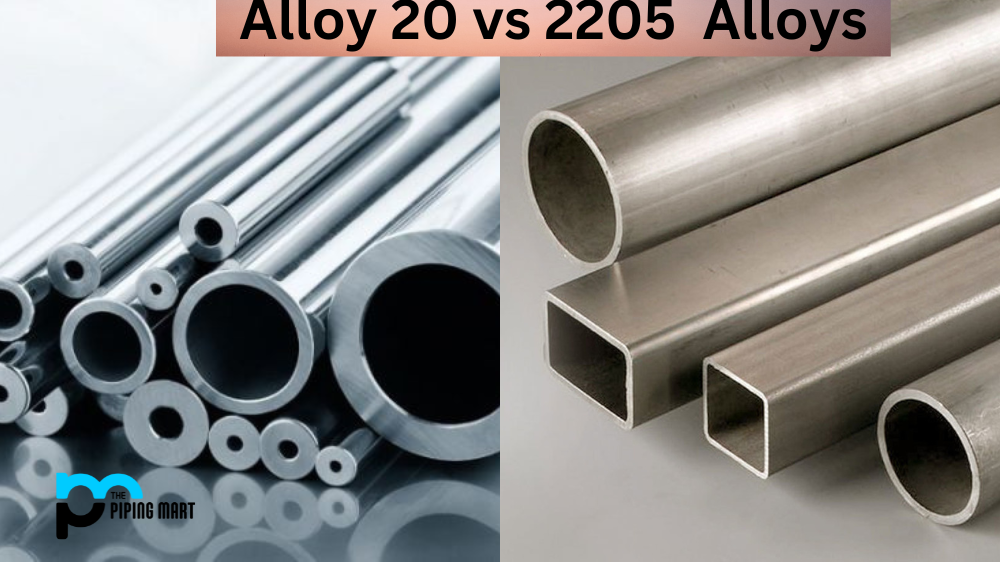If you’re looking to buy stainless steel, you may come across two types: 17-4 and 316. Bearing similar properties, these materials have distinct differences that make them suitable for different applications. In this blog post, we’ll discuss the differences between 17-4 and 316 stainless steel so that you can make an informed decision when it comes time to purchase stainless steel products.
17-4 Stainless Steel
17-4 stainless steel is a martensitic precipitation hardening grade of stainless steel that contains approximately 15–17% chromium and 3–5% nickel with additional alloying elements such as aluminium, copper, manganese, molybdenum, titanium and niobium. It provides excellent corrosion resistance in numerous environments and good mechanical properties at both room and elevated temperatures.
316 Stainless Steel
316 stainless steel is an austenitic grade of stainless steel that contains approximately 16–18% chromium and 10–12% nickel with additional alloying elements such as molybdenum. It is considered one of the most durable grades of stainless steel available today due to its high levels of corrosion resistance. Additionally, it offers great strength at elevated temperatures, making it ideal for use in extreme conditions.
Difference Between 17-4 and 316 Stainless Steel
Chemical Composition
One of the most significant differences between 17-4 and 316 stainless steel is their chemical composition. 17-4 stainless steel contains high levels of chromium and nickel, which gives it excellent corrosion resistance. 316 stainless steel also contains high levels of chromium and nickel, but it also contains molybdenum, which gives it even better corrosion resistance.
Strength
17-4 stainless steel is also known for being extremely strong. It has a yield strength of approximately 110 ksi, nearly twice as strong as 304 stainless steel. 316 stainless steel has a high yield strength but is lower than 17-4 stainless steel.
Temperature Resistance
17-4 stainless steel can withstand higher temperatures than 316 stainless steel. This makes it ideal for applications exposed to high temperatures, such as turbine blades in jet engines. However, 316 stainless steel can withstand temperatures up to 1500 degrees Fahrenheit without suffering any damage.
Cost
Another difference between 17-4 and 316 stainless steel is their cost. 17-4 stainless steel is typically more expensive than 316 stainless steel because it contains more chromium and nickel. However, the increased cost may be worth it for applications that require the enhanced properties of 17-4 stainless steel
Weldability
Finally, their weldability is another difference between 17-4 and 316 stainless steel. 17-4 stainless steel can be difficult to weld because of its high carbon content.316 stainless steel, on the other hand, is much easier to weld and can be welded by most standard welding methods
Conclusion:
When determining which type of stainless steel to buy for your application, it’s essential to consider the differences between 17-4 and 316 stainless steel. 17-4 is a martensitic precipitation hardening grade, while 316 is an austenitic grade that offers increased corrosion resistance in numerous environments. Both types provide good mechanical properties at both room temperature and elevated temperatures, but 316 is slightly more durable than 17-4 due to its higher levels of corrosion resistance. Ultimately, the best choice will depend on your specific needs and requirements but by being aware of the differences between these two grades, you’ll be able to make an informed decision when it comes time to purchase your material.

Pipingmart is a B2B portal that specializes in metal, industrial and piping items. Additionally, we share the latest information and information about materials, products and various types of grades to assist businesses that are involved in this business.




